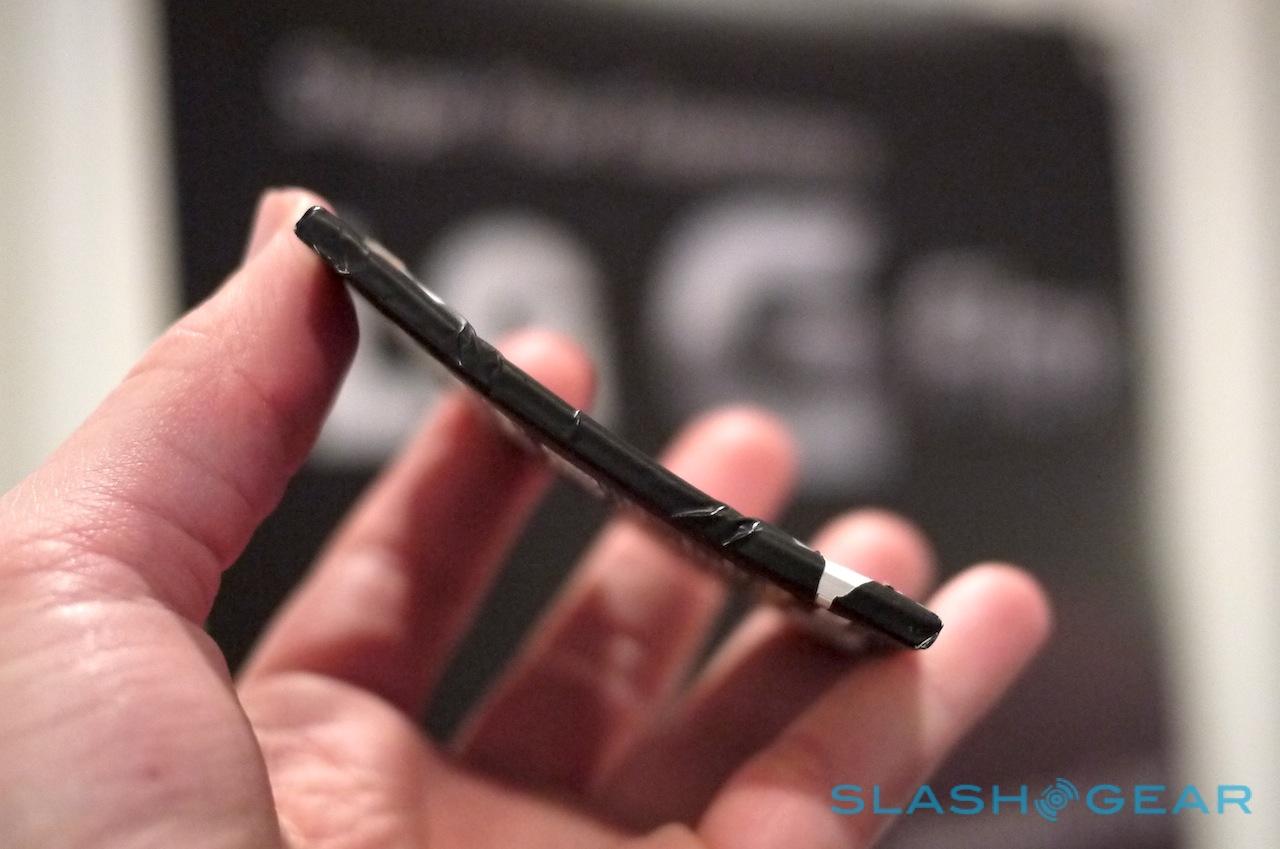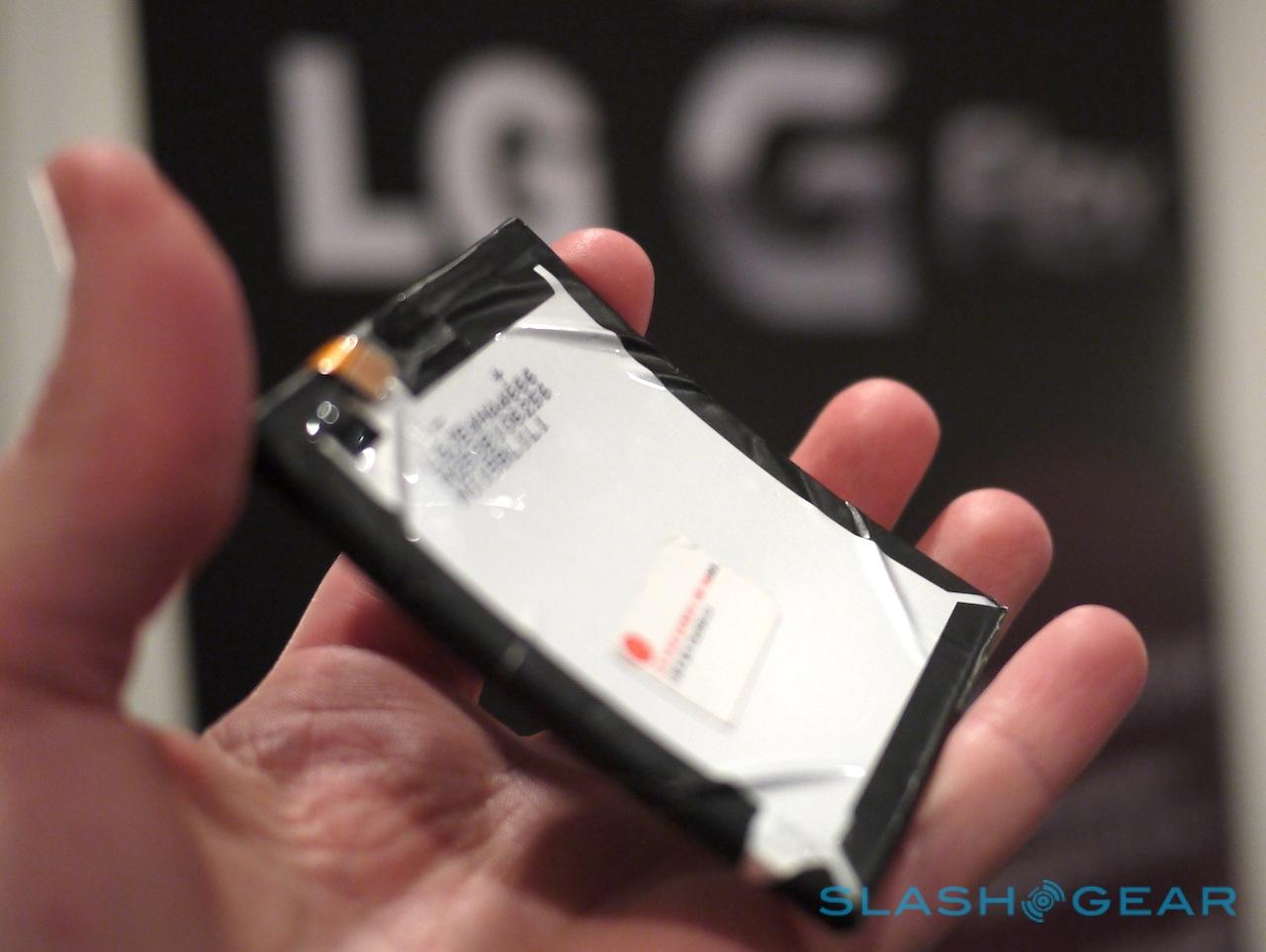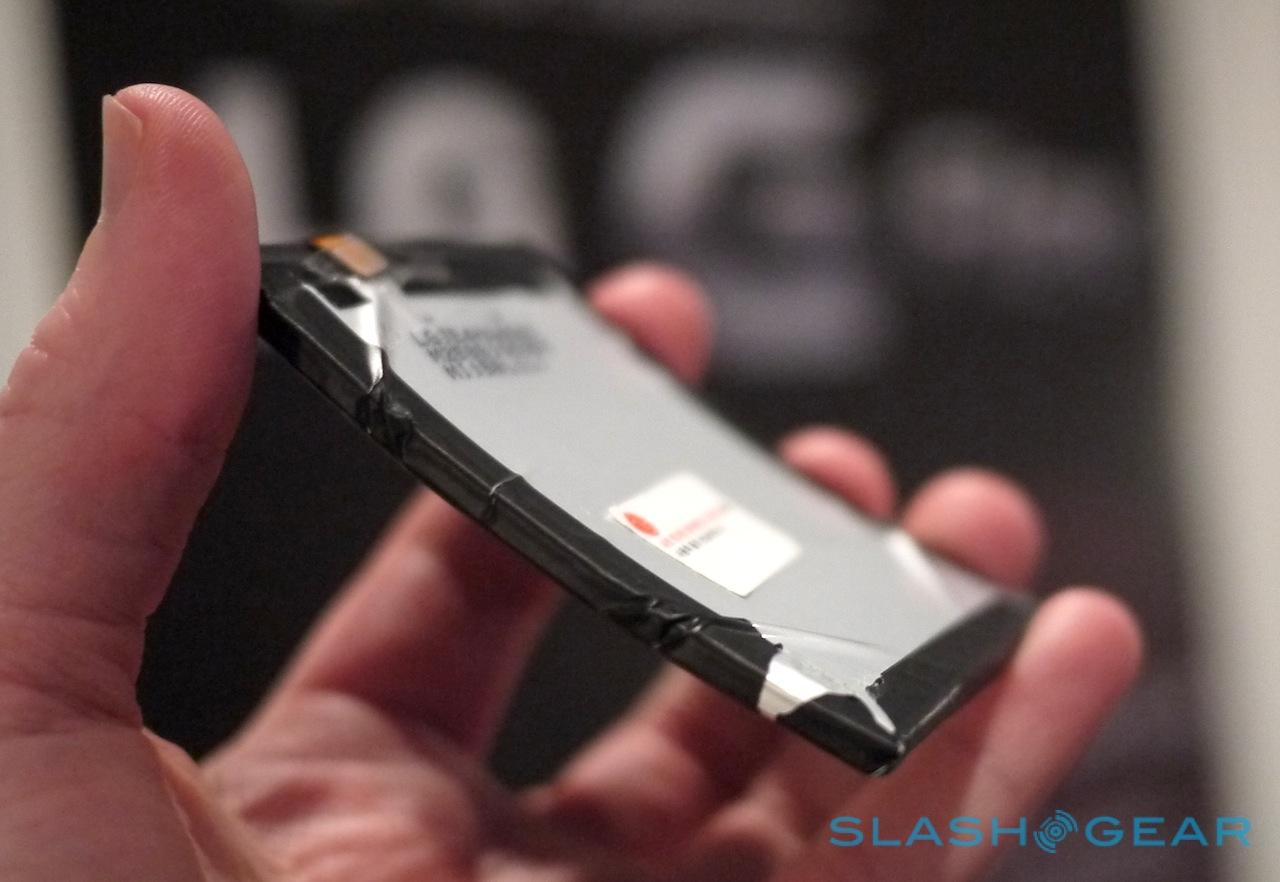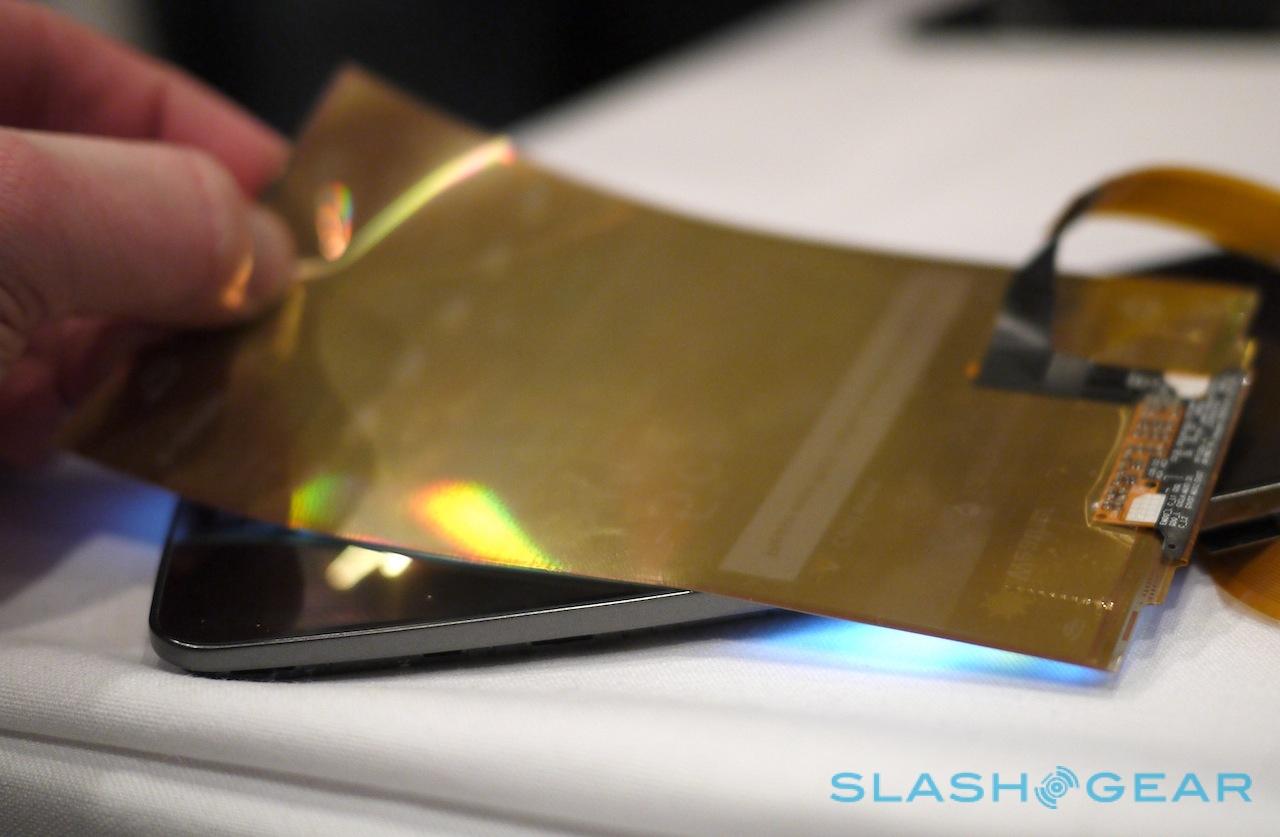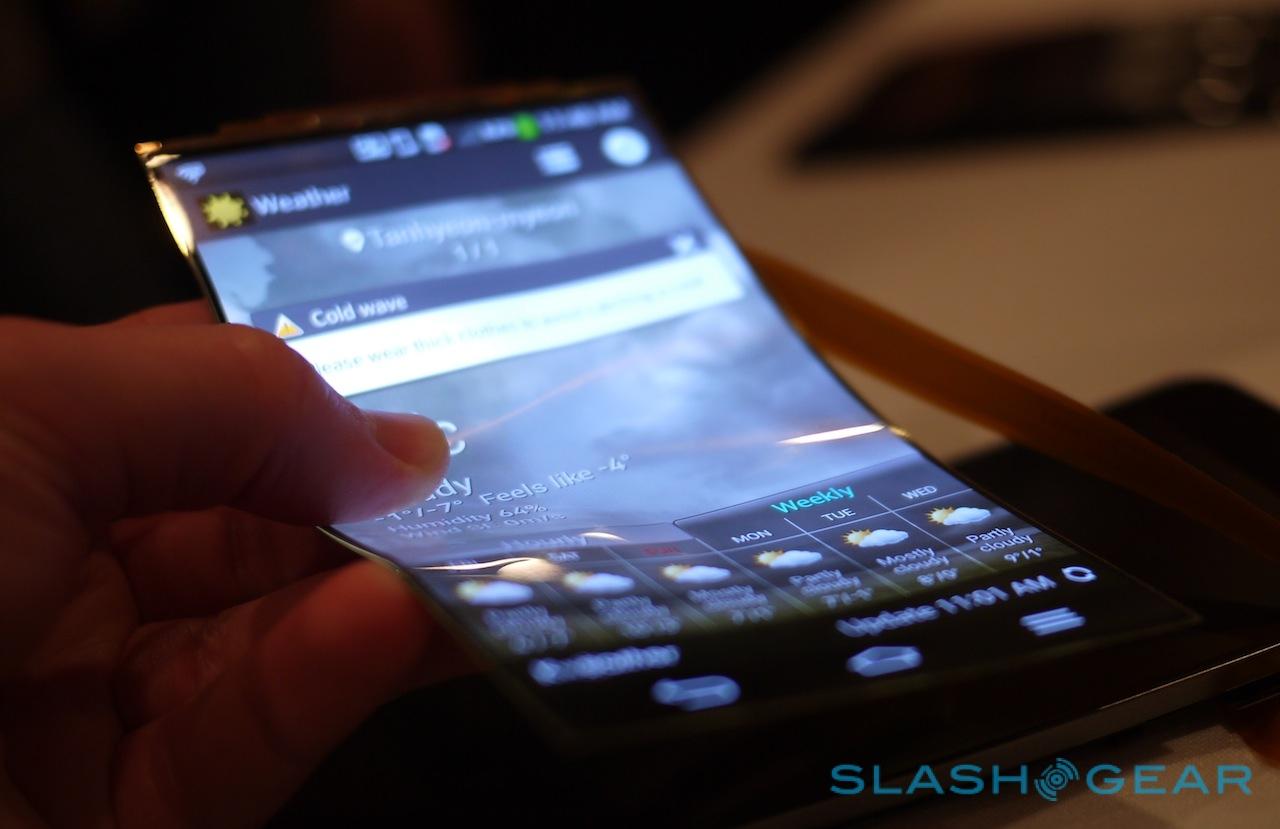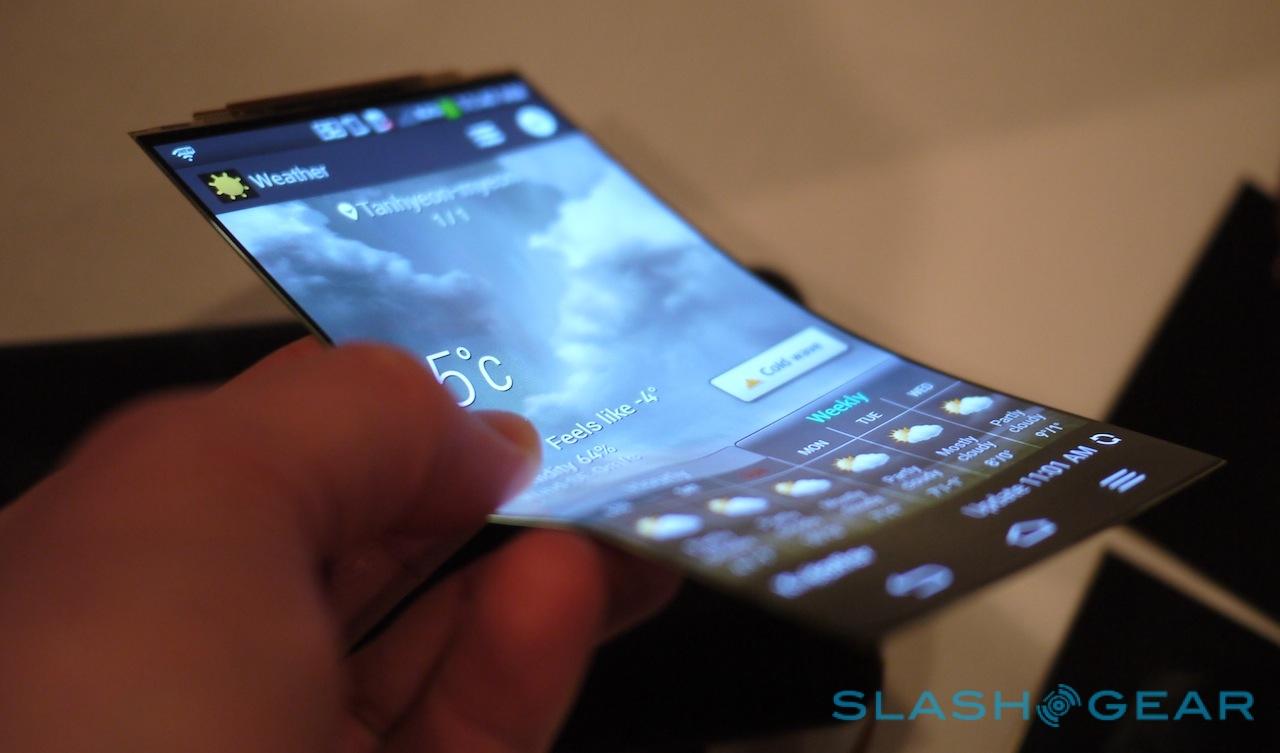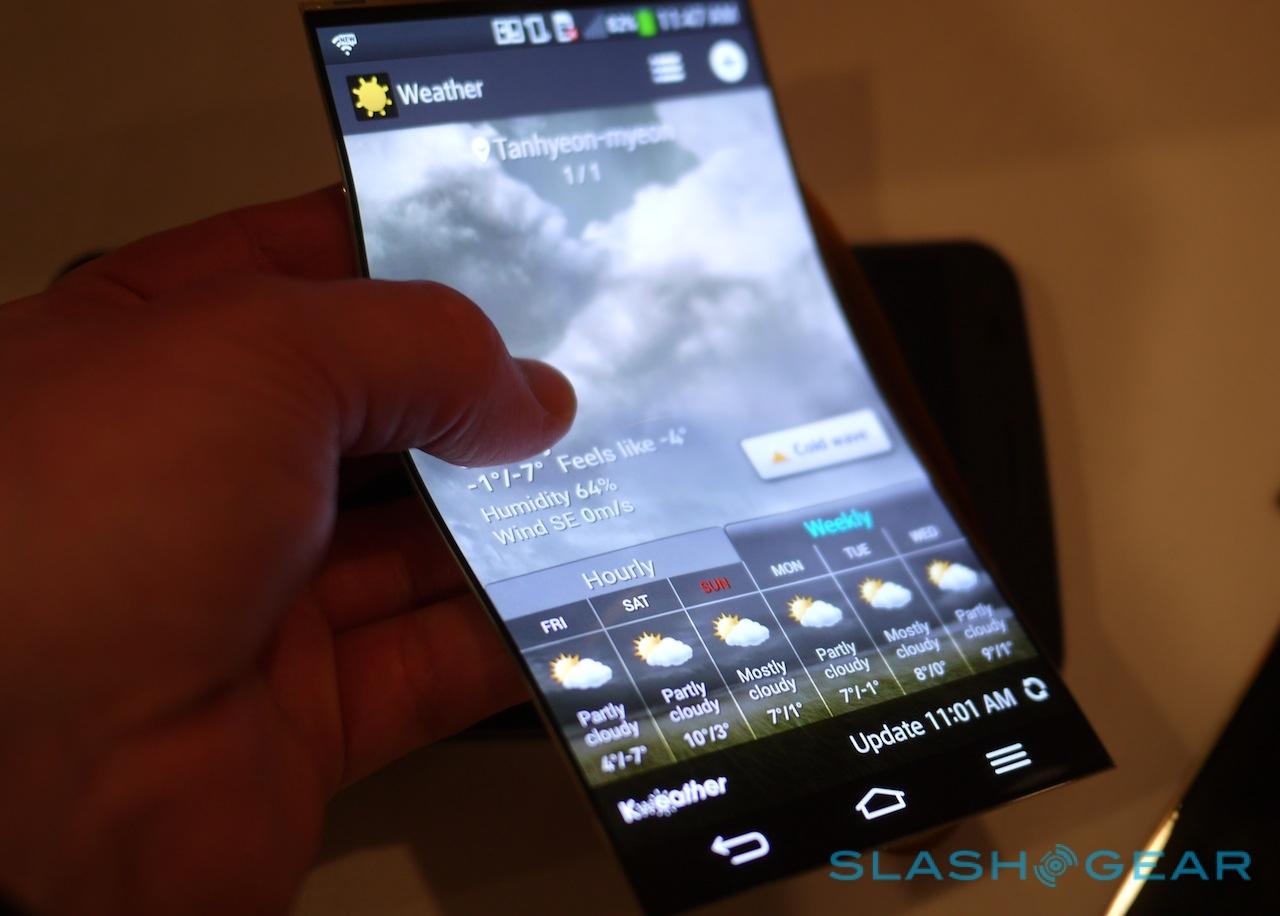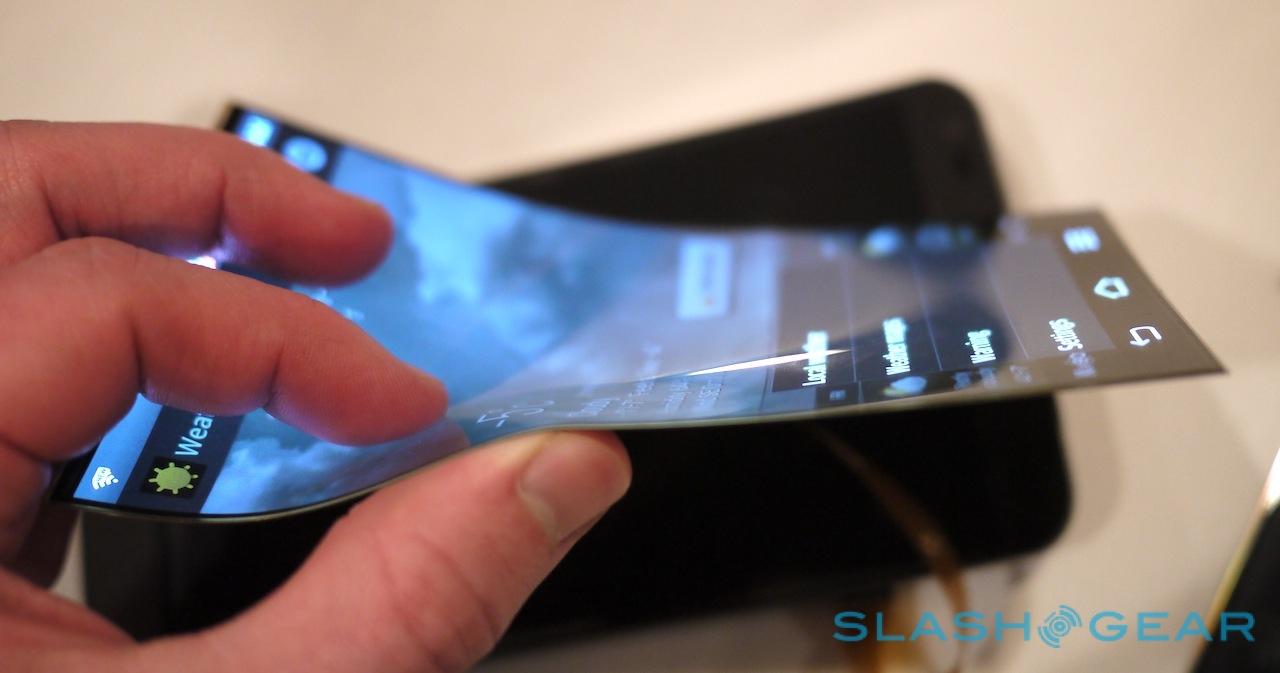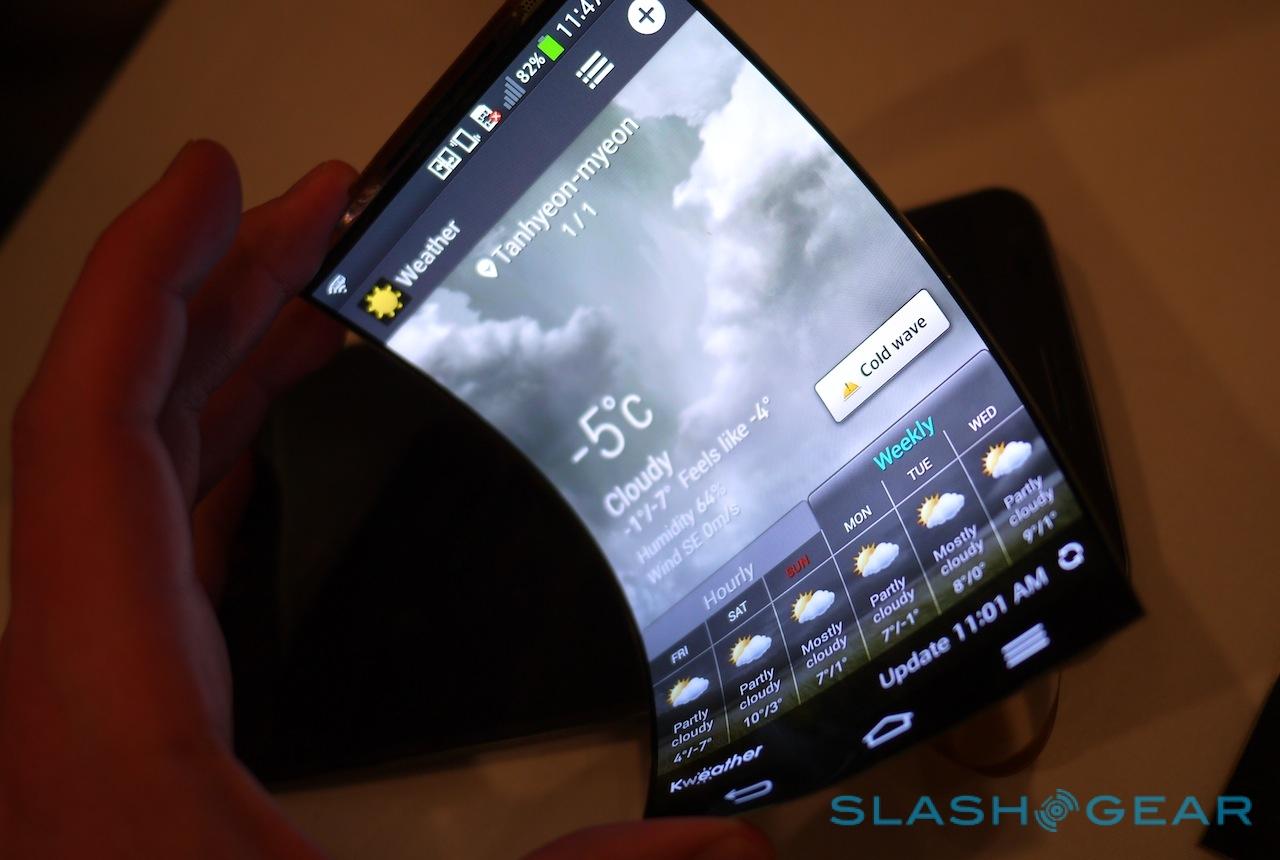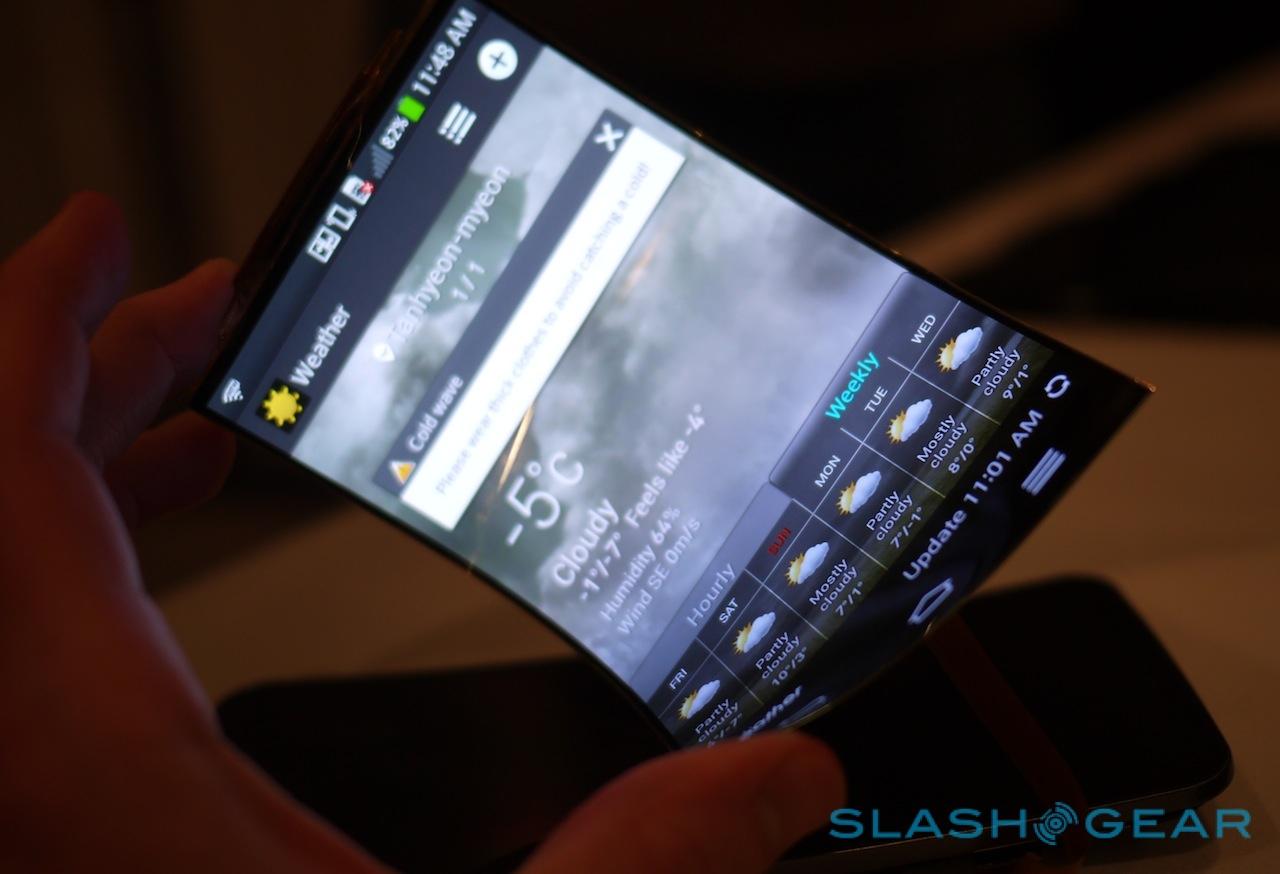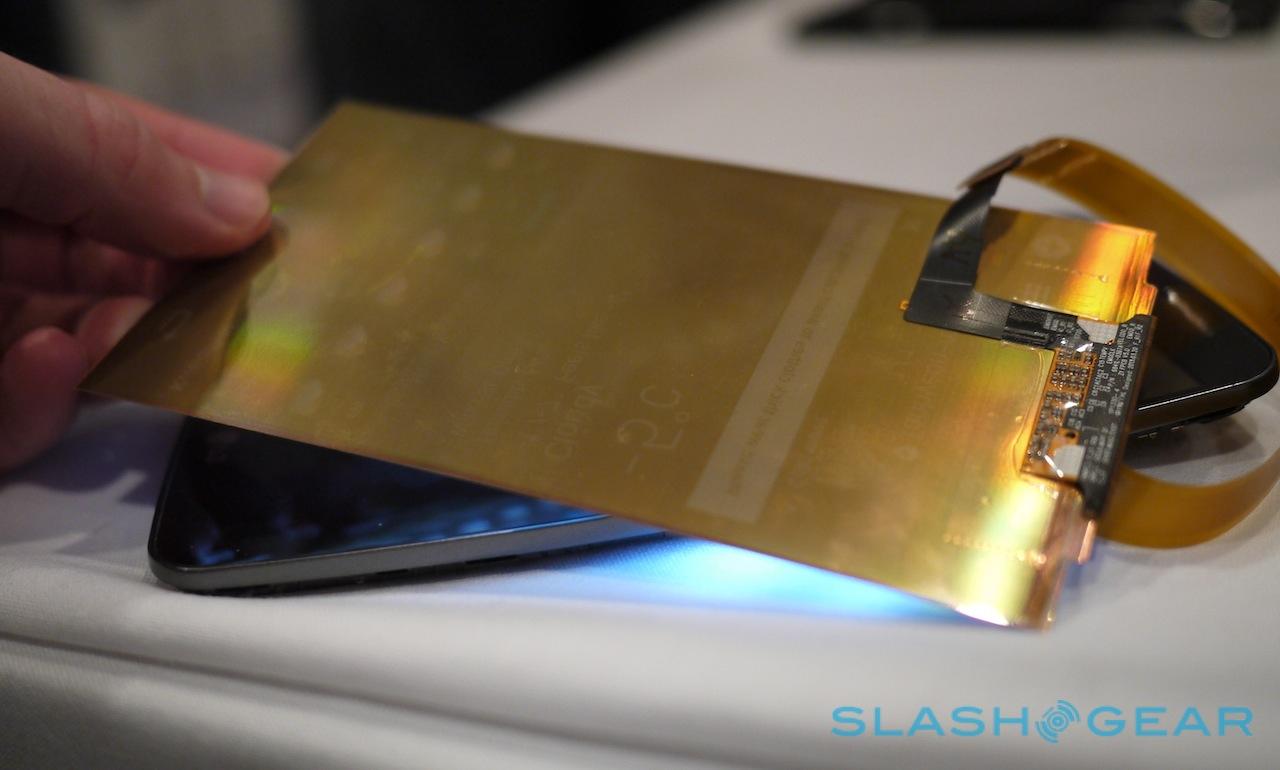LG: Curved Smartphones Like G Flex 40% Of Market By 2018
Flexible smartphones will dominate 40-percent of the smartphone market by 2018, LG predicts, billing the LG G Flex with its curved 6-inch AMOLED display as the first of a new breed of handsets. "We got bored of flat" LG's Dr Ramchan Woo, head of mobile product planning, said of the motivation behind the G Flex, which takes the DNA of handsets like the G Pro and G2, but shapes the screen to better suit the curvature of your face and how your hands naturally hold "phablet" form-factors. Still, there's more to a bendy phone than a flexible screen, as Dr Woo pointed out.
In fact, a device like the G Flex is dependent not only on the nature of the curved screen but the other key components inside, with the handset a collaboration between cutting-edge production technologies from LG Display, LG Innotek, and LG Chem.
"There is a hidden secret, which is the battery" Dr Woo confided. "Without the battery, we cannot make the phone." Whereas regular cellphone batteries use a curved stack of layers, the G Flex battery follows a "Stack & Folding" design where each layer is distinct. Thanks to that, there's no excess force at the edges and LG can in fact squeeze in even more capacity than with a flat pack: the G Flex accommodates a 3,500 mAh battery, versus the already-sizable 3,150 mAh of the G Pro.
Despite the curve, though, the G Flex actually bends flat, or at least can if so forced. LG officially tested it with 88 pounds of pressure – unofficially, it has survived much more – at which point it deforms but then springs back to its regular shape. LG was able to repeat the test 100 times without any lasting change to the construction.
Flexible screens have been a mainstay of science fiction for the past decade, and along the way we've seen just as many prototype devices that can bend or even fold altogether. Commercial products have been in short supply, though; according to Dr Woo, that's because there's a world of difference between making a prototype and putting something into full production.
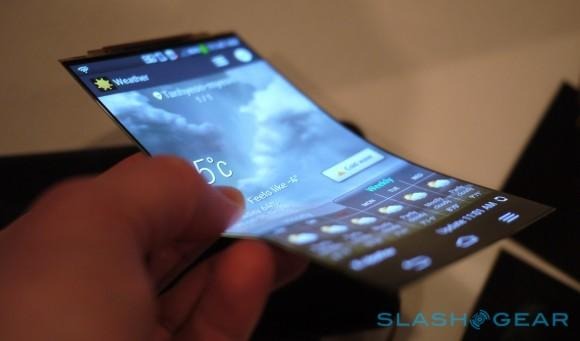
"The plastic is really difficult to manipulate" Dr Woo said of flexible screens built in trial form before, pointing also to the work done in parallel on the battery, as well as on the specially-thinned cover glass which needs to be slim enough to bend along with the rest of the phone, but still be tough enough to protect the AMOLED panel."We had to change our manufacturing facility, because it's not just the display, it's the batteries, etc. ... it's difficult," the LG exec admitted. "So it took, like, three years [to develop G Flex], but now it would be much shorter."
LG's roadmap is ambitious. Curved devices, like the G Flex, are just the first stage: coming after will be bendable and then truly flexible, though Woo said LG's display experts believe it'll still be around a decade before fully flexible panels are production-ready. By 2015, the company believes, around 12-percent of smartphones will be curved or flexible in some way; by 2018, that number will rise to 40-percent, it expects.
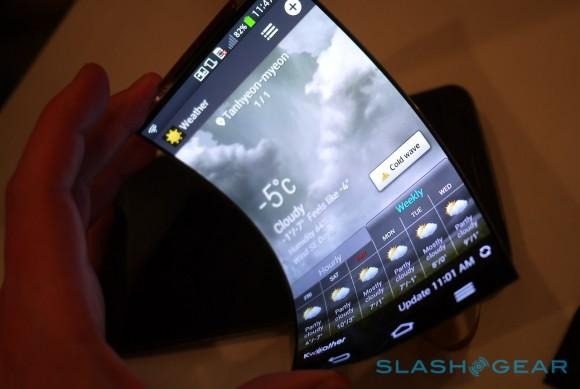
For the moment, though, the LG G Flex is the only curved handset from the company, and it's hardly broadly available. Sales began in Korea around a week and a half ago, with Hong Kong and Singapore launches imminent; LG still won't be drawn on broader release schedules, saying only that it hopes to have a US release "sooner rather than later."
"This is the beginning of flex phones from LG," Dr Woo teased. "We will continue to surprise you with various devices."

